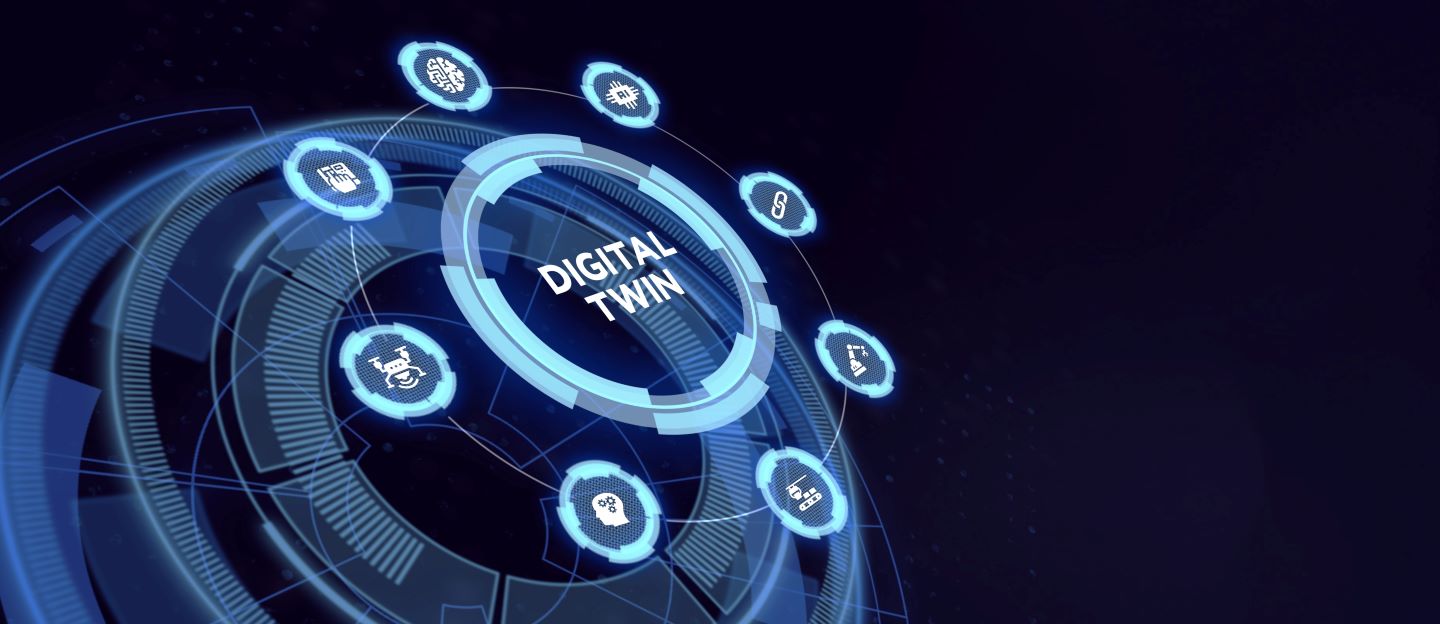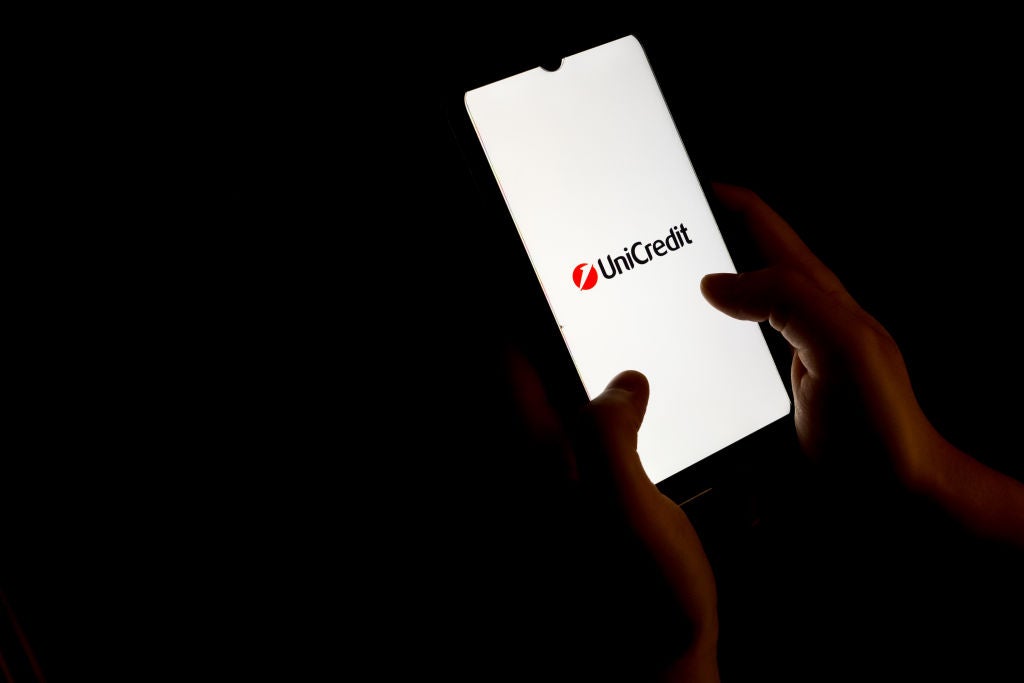Digital twins can play a key role in advancing the circular economy. They enable the monitoring, simulation, and optimisation of resources, processes, and products across their lifecycle. They provide insights into waste generation, product performance, and resource usage which can facilitate recycling, remanufacturing, and material reuse.
As the adoption of digital twins and other key technologies—such as AI, blockchain, and robotics—increases, so too will the viability of the circular economy, eventually disrupting and replacing linear business models.
The role of digital twins in the circular economy
Digital twins are software representations of assets, processes, people, objects, and places used to understand, predict, and optimise performance to achieve improved business outcomes. Digital twins can be used across various aspects of the circular economy framework to reduce and manage waste, optimise resources, and increase reuse. They can help simulate real-life scenarios and their outcomes, allowing for better decision-making across different aspects of the circular economy framework.
Sustainable manufacturing
Using digital twins, manufacturers can create digital replicas of their manufacturing equipment, production lines, and products, which can help them monitor sustainability key performance indicators (KPIs) such as water use, energy consumption, and waste management. As digital twins mature, manufacturers can incorporate production and sustainability metrics in a single digital twin to create a single source of truth, which can help track the entire production process and energy consumption, leading to greater efficiency and cost savings.
LG Electronics, for example, created a digital twin of the assembly line of its factory in Changwon, South Korea, which continuously incorporated real-time production data into the system. This helped the company improve product quality by 70%, reduce energy consumption by 30%, and improve productivity by 17%. Similarly, Procter & Gamble created a digital twin of its factory in Guangzhou, China. Within three years, the company was able to make 99.9% of deliveries on time and reduce its inventory and logistics costs by 30% and 15%, respectively.
Eco-design
Digital twins can aid the virtual prototyping and simulation of products, enabling product designers to optimise designs. Virtual prototyping can allow companies to experiment with designs without investing capital and resources in assets and physical prototypes. By simulating various scenarios at the design stage, manufacturers can decide how to reduce waste and CO₂ emissions, as well as use resources at the very early stage of product development. The digital models created can then be used to simulate, predict, and optimise the product.
How well do you really know your competitors?
Access the most comprehensive Company Profiles on the market, powered by GlobalData. Save hours of research. Gain competitive edge.

Thank you!
Your download email will arrive shortly
Not ready to buy yet? Download a free sample
We are confident about the unique quality of our Company Profiles. However, we want you to make the most beneficial decision for your business, so we offer a free sample that you can download by submitting the below form
By GlobalDataRecycle
Digital twins can be used to better manage recycled materials across the value chain, tracking the flow of materials from collection, sorting, and processing, to distribution. They can also help optimise inventory levels and minimise waste. By creating a digital twin of a city’s waste landscape, waste collectors and recycling companies can track the collected waste stream and make decisions regarding how the waste can be recycled or upcycled into new raw materials.
Reuse and refurbish
Digital twins can support the implementation of circular business models—such as product as a service and remanufacturing—by providing insights into product usage, performance, and end-of-life scenarios. Based on information collected regarding product usage patterns and customer behaviour, companies can optimize resource allocation, identify opportunities for reuse and refurbishment, and offer tailored services to customers. Digital twins can help make manufacturing processes and supply chains sustainable and efficient by supporting resource optimization, monitoring carbon emissions, and cutting down waste.
Repair
Digital twins can help predict equipment failures and maintenance needs, reducing downtime. By monitoring equipment performance in real-time, digital twins can help in scheduled maintenance and identify early signs of wear and tear, thereby extending the lifespan of the equipment. Digital twins also enable condition monitoring of assets, which can help extend their lifespan and reduce the likelihood of premature disposal.







Related Company Profiles
LG Electronics Inc
The Procter & Gamble Co